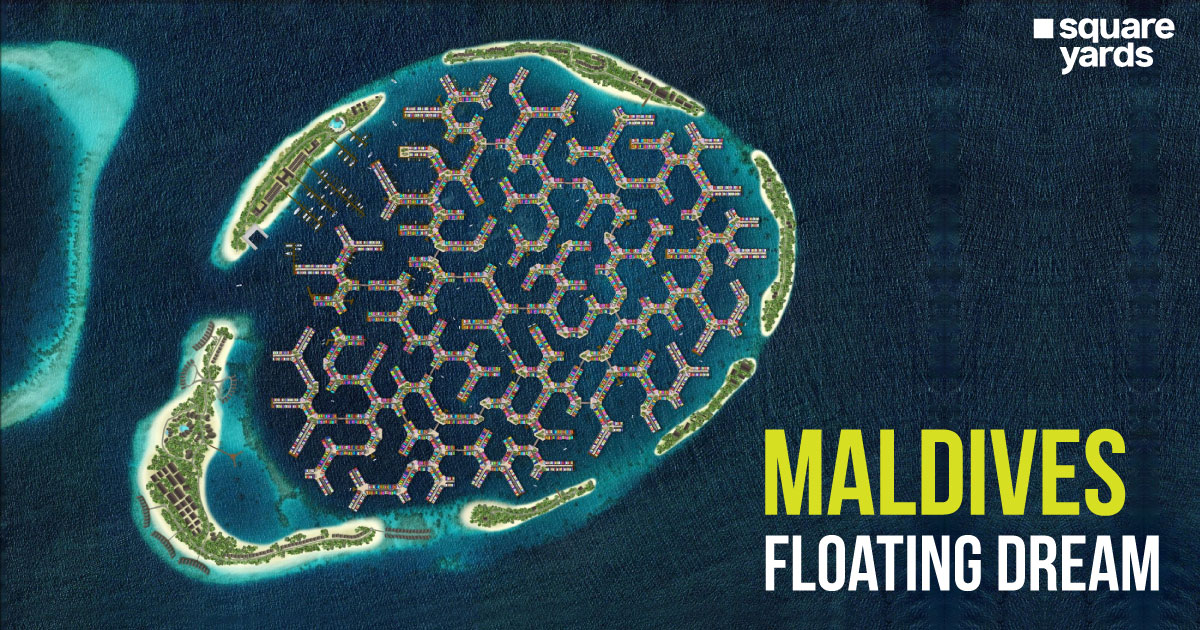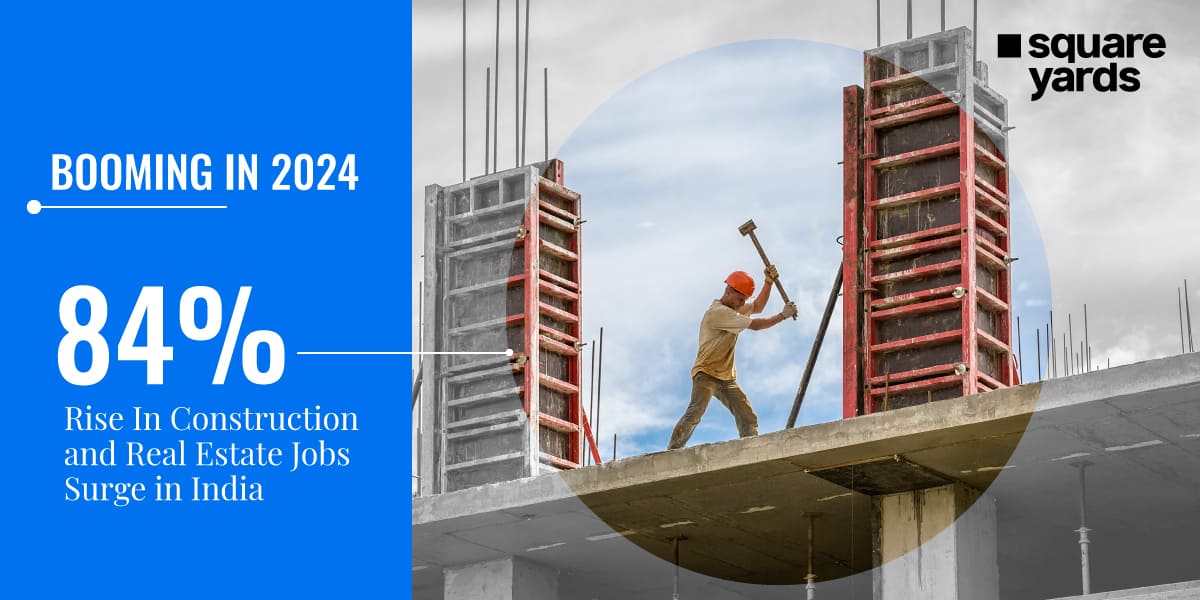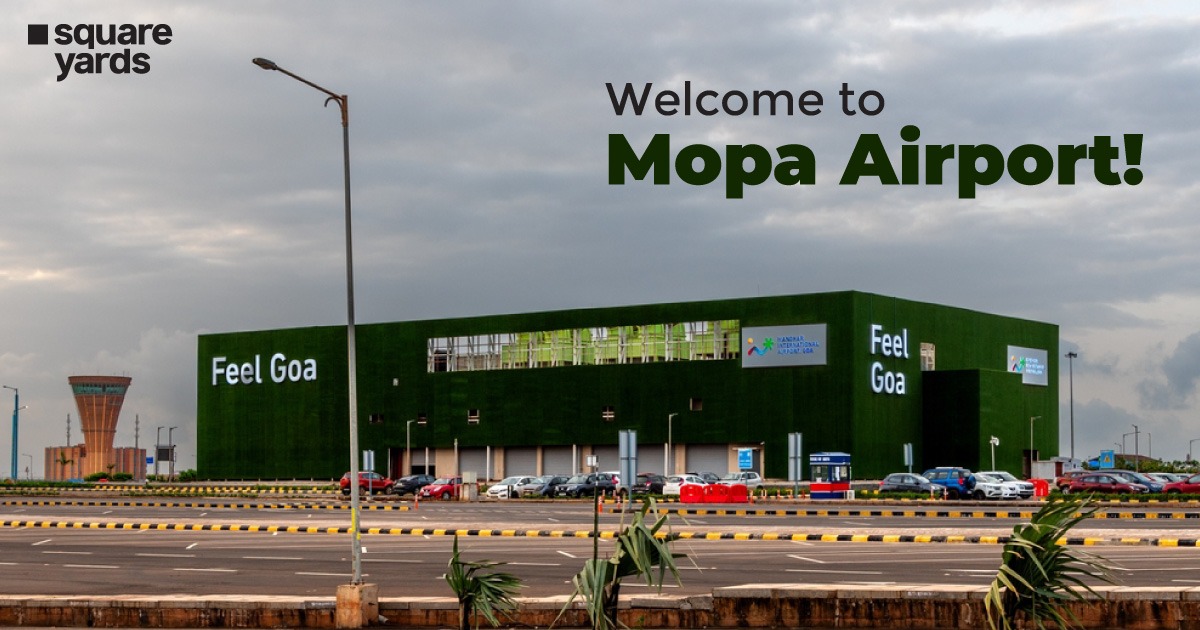Maharashtra’s Minister of Transport, Pratap Sarnaik, announced a significant initiative aimed at fast-tracking the development of MSRTC bus depots throughout the state. This initiative will encompass the construction of facilities across district, taluka, and rural areas, with approximately 150 to 160 tenders expected to be released soon for the project. The Maharashtra State Road Transport Corporation (MSRTC) holds an extensive land bank of around 3,360 acres, which will be strategically utilized for these developments. Sarnaik emphasized the importance of leveraging these land banks, urging state developers to engage in both commercial and residential projects. The government has appointed renowned architect Hafeez Contractor to devise a comprehensive plan for the development of the bus depots, ensuring that the designs are not only functional but also aesthetically pleasing. This move is part of a broader strategy to enhance transportation infrastructure and stimulate economic growth in rural and less-developed areas.
Strategic Development Plans for MSRTC
The ambitious plan to develop MSRTC bus depots is not just about expanding transportation facilities; it also aims to create a multi-faceted development approach. By positioning MSRTC as a planning authority, the government intends to streamline the approval process for new projects. Sarnaik stated that the corporation will sanction plans under one roof, making it easier for developers to navigate regulatory requirements. This initiative reflects a shift towards a more integrated approach to urban planning, where transportation infrastructure is linked to real estate development. With the enhanced capacity of MSRTC’s technical team, the government is poised to tackle the challenges of modern urbanization efficiently. By encouraging developers to explore opportunities beyond major cities, the initiative aims to promote balanced regional growth. The focus on rural areas is particularly crucial, as it addresses the need for equitable development across Maharashtra, ensuring that even less urbanized regions benefit from economic advancements.
Land Bank Utilization and Future Prospects
One of the key aspects of this initiative is the effective utilization of the vast land bank owned by MSRTC, particularly in prime locations like Lonavala-Khandala and Mahabaleshwar. Sarnaik pointed out that new DCPR (Development Control and Promotion Regulations) rules will soon apply to a significant portion of this land, allowing for increased Floor Space Index (FSI) which is crucial for encouraging new developments. These regulatory changes are expected to attract developers interested in capitalizing on the potential for residential and commercial projects in these scenic areas. Additionally, efforts are underway to extend the land lease period from 60 years to 99 years, providing developers with greater security and encouraging long-term investments. This strategic direction not only enhances the economic viability of the land bank but also promotes sustainable urban development, aligning with Maharashtra’s vision for future growth.
Conclusion
The initiative to develop MSRTC bus depots marks a pivotal moment for Maharashtra’s infrastructure and real estate sectors. By leveraging its extensive land bank and fostering collaboration with developers, the state aims to drive economic growth in both urban and rural areas.
- Maharashtra to release 150-160 tenders for MSRTC bus depots.
- MSRTC holds a land bank of 3,360 acres for development.
- Renowned architect Hafeez Contractor appointed for planning.
- Focus on integrating transport and real estate development.
- New DCPR rules to enhance development potential in key areas.
- Proposed extension of land lease period from 60 to 99 years.






















